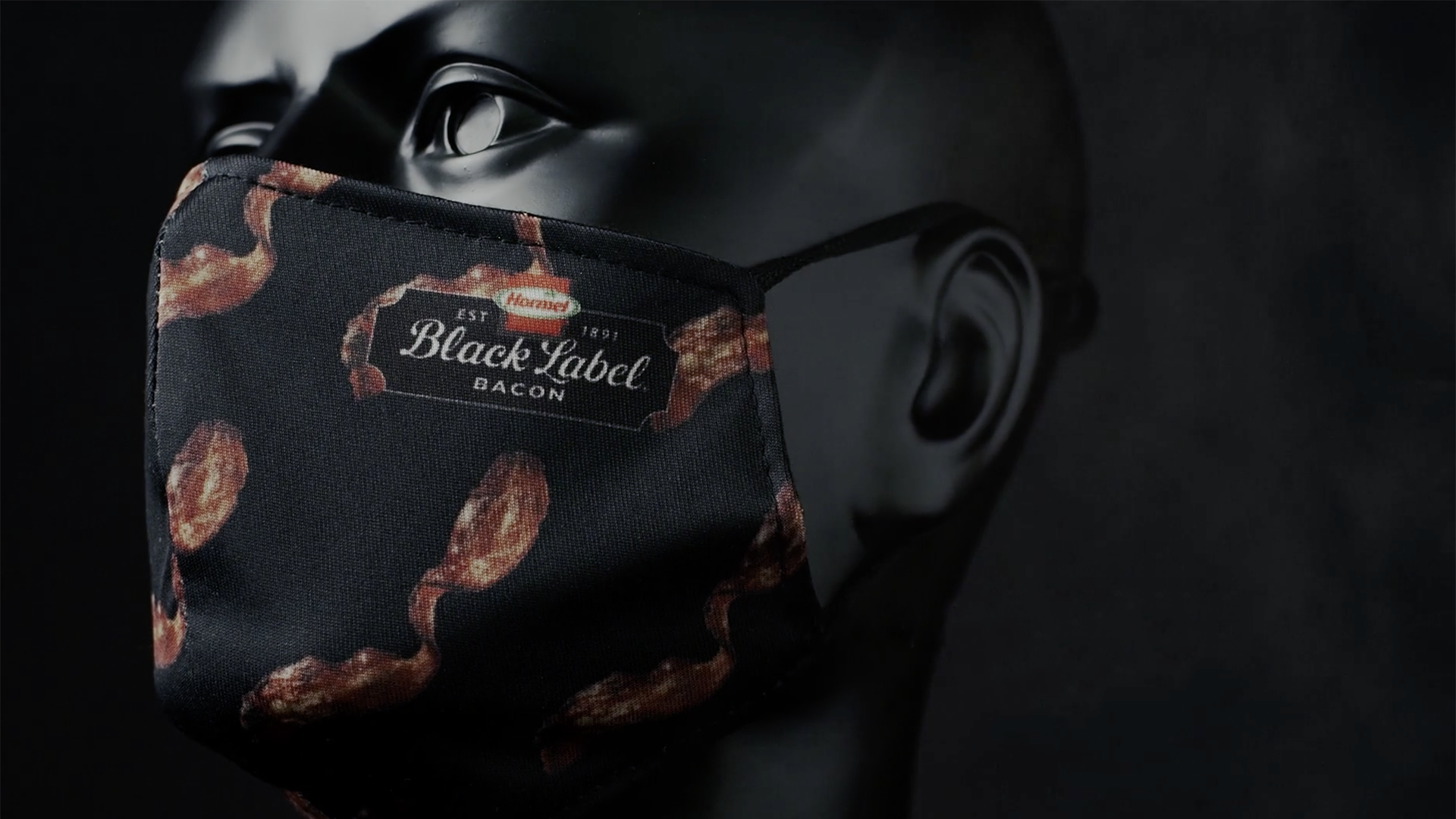
I was very saddened to read today about the death of Sir Sean Connery, at age 90. The BBC reports that he died peacefully in his sleep in the Bahamas after a prolonged period of poor health.
Sean Connery will of course always be remembered for defining the role of James Bond — and doing so in a way that was so total and complete that every other actor who played the role was measured against Connery’s portrayal. Some of the actors, like Daniel Craig, have done a fine job as 007, but I’ll always view Connery as the best Bond, and I don’t really think there is any argument. Connery brought dash, humor, and tremendous physical presence to play, and was totally believable in every part of the Bond character — whether it was flirting with Moneypenny, trading witty remarks with M and Q or the villains always plotting to seize the world, seducing any woman who might help make his mission a success, or fulfilling the ultimate element of “00” status — and employing his license to kill. Connery’s fight scenes in To Russia With Love and Goldfinger are classics precisely because Connery was utterly plausible in standing toe to toe with Odd Job and Robert Shaw’s soulless assassin for SPECTRE.
But Connery wasn’t just James Bond. Unlike other actors who could never quite escape the long shadow of a career-defining role, Connery went on to a long and distinguished movie career that included winning an Oscar for his role as the tough, incorruptible cop in The Untouchables and making memorable contributions to The Hunt for Red October and The Rock. My favorite post-Bond film is Indiana Jones and the Last Crusade, where Connery stole the show as Henry Jones, Indy’s bookish, disciplinarian Dad who was obsessed with finding the Holy Grail and who was instrumental in helping Indy find the Grail–and who reconciled with Indy in the process. It’s no coincidence that many fans, like me, consider The Last Crusade to be the best Indiana Jones film — in my view, just edging out Raiders of the Last Ark.
It’s sad to lose a great actor like Sean Connery, and our thoughts go out to his family. It’s a comfort to know, however, that his roguish charm and cinematic contributions have been preserved and will always be there for us to enjoy.















